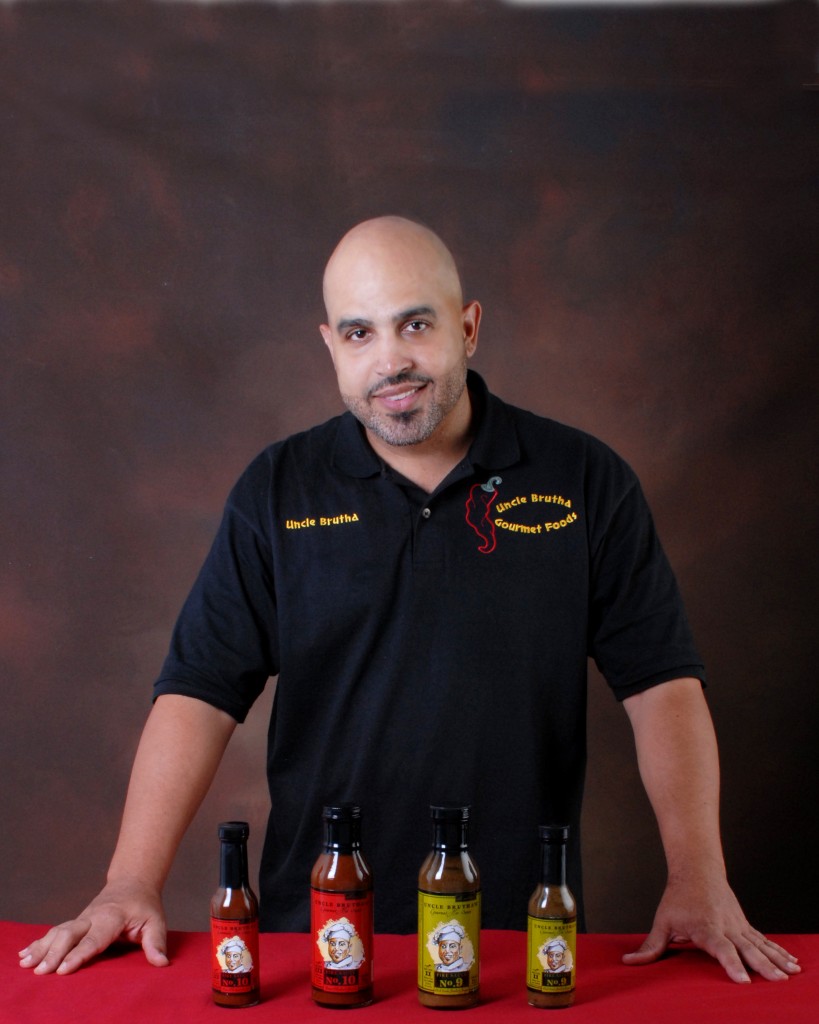Winter Squash on Toast
/First published by Mark Bittman in the New York Times in 2012, this recipe is a crowd-pleaser for fall cocktail parties or as a Thanksgiving starter. Adapted from the New York Times. We used kaboucha squash, and it was great. Serves 8. ½ - to 3-pound winter squash, peeled, seeded and cut into pieces ⅛- to ¼-inch thick ¾ cup extra-virgin olive oil ½ teaspoon dried chili flakes, more to taste 3 teaspoons kosher salt 1 yellow onion, peeled and thinly sliced ¼ cup apple cider vinegar ¼ cup maple syrup Good dense bread, such as a baguette or ciabatta, cut into ½-inch slices ½ cup ricotta, goat cheese or soft feta cheese Coarse sea salt 4 tablespoons chopped mint
Heat oven to 450°. Combine the squash, ¼ cup olive oil, chili flakes and 2 teaspoons of salt in a bowl and toss well. Transfer the mixture to a baking sheet or roasting pan, stirring occasionally until the squash is soft. Some of the end bits may be caramelized, which is a good thing. This will take about 15–20 minutes. Remove from oven.
Heat another ¼ cup olive oil over medium-high heat, add the onions and remaining teaspoon salt and cook, stirring frequently, until the onions are very soft and dark, about 15 minutes. Add the vinegar and maple syrup, stir and reduce until it the mixture thickens to a jam-like consistency and most of the liquid is gone, at least another 15 minutes.
Combine squash and onions in a bowl and smash with a fork until combined. Taste for seasoning.
Brush both sides of the toast with olive oil, and put under broiler until the toasts are golden brown on both sides. Spread cheese on toasts, then top with the squash-onion mixture. Sprinkle with coarse salt and garnish with mint.













